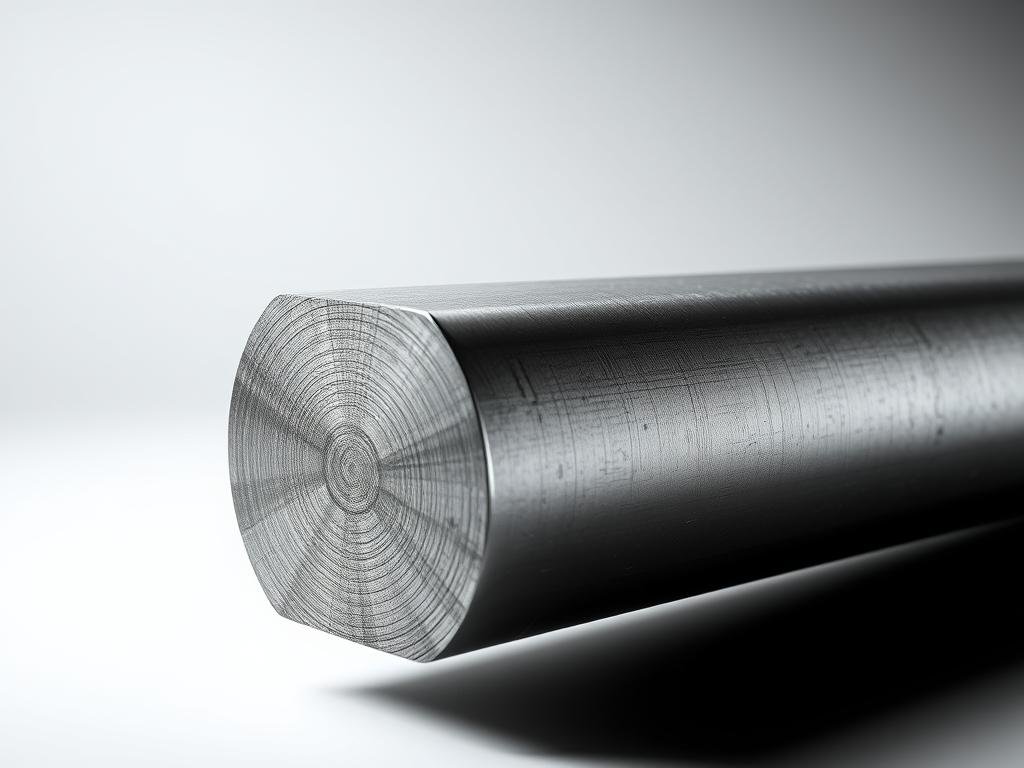Understanding the properties of steel is crucial for engineers working on various construction projects. One key property is its density, which significantly influences the material’s strength and durability.
With a density of approximately 7.85 g/cm³, steel is a reliable choice for demanding applications. This comprehensive guide will explore how density affects steel‘s performance in different engineering contexts, from structural components to specialized industrial uses.
By grasping the concept of density and its implications, engineers can make informed decisions about material selection, weight calculations, and structural design considerations, ultimately leading to more efficient and safe projects.
Understanding Density in Material Science
Understanding density is vital in material science because it reveals the relationship between a material’s mass and its volume. Density is a fundamental property that helps engineers and scientists understand how materials behave under different conditions.
The Concept of Density
Density is defined as the amount of mass per unit volume of a substance. It is calculated using the formula ρ = m/V, where ρ is density, m is mass, and V is volume. This property is considered “intensive,” meaning it remains constant regardless of the amount of material present. In simple terms, density tells us how tightly the mass of an object is packed into the space it occupies.
Density Measurement Units
Density can be expressed in various units, depending on the system of measurement being used. In the metric system, common units include grams per cubic centimeter (g/cm³) and kilograms per cubic meter (kg/m³). In the imperial system, density is often measured in pounds per cubic inch (lb/in³) or pounds per cubic foot (lb/ft³). Understanding these units is crucial for accurate calculations and comparisons.
The Density of Steel: Standard Values
Steel density is a critical factor in determining the suitability of steel for various engineering applications. The density of steel, which is typically around 7.85 g/cm³ or 7850 kg/m³ (490 lb/ft³), is a fundamental property that influences its use in construction, oil, and infrastructure projects.

Average Density of Steel
Most steel types have a density of approximately 7.85 g/cm³. This value is relatively consistent across different types of steel, although slight variations can occur due to differences in chemical composition and manufacturing processes.
Understanding the average density of steel is essential for engineers to predict material behavior and make informed decisions about material selection for specific applications.
Factors Affecting Steel Density
Several factors can affect the density of steel, including:
- Chemical composition: The presence of alloying elements can alter the density of steel.
- Crystalline structure: Changes in the crystalline structure due to heat treatment can influence density.
- Impurities: The presence of impurities can also affect the density of steel.
By understanding these factors, engineers can better predict how different types of steel will perform in various applications, ensuring the selection of the most appropriate material for their needs.
How Carbon Content Influences Steel Density
Carbon content plays a crucial role in determining the density of steel alloys. The presence of carbon affects the crystalline structure of steel, thereby influencing its overall density.
Low Carbon Steel Density
Low carbon steel, also known as mild steel, typically contains less than 0.30% carbon. This type of steel maintains a density of approximately 7.8 g/cm³. The relatively low carbon content ensures good ductility and formability, making it suitable for various applications.
| Carbon Content (%) | Density (g/cm³) | Properties |
|---|---|---|
| 0.10-0.30 | 7.8 | Good ductility, formability |
Medium and High Carbon Steel Density
Medium carbon steel contains between 0.30% and 0.60% carbon, while high carbon steel contains between 0.60% and 1.00% carbon. As the carbon content increases, the density of steel is affected, and its strength and hardness improve. However, higher carbon content can lead to reduced ductility.
| Carbon Content (%) | Density (g/cm³) | Properties |
|---|---|---|
| 0.30-0.60 | 7.85 | Balanced strength, hardness |
| 0.60-1.00 | 7.9 | High strength, hardness, low ductility |
Density Variations Across Steel Types
Steel grades have distinct density values that affect their performance in various applications. Understanding these differences is crucial for engineers to make informed decisions when selecting materials.

Carbon Steel Characteristics
Carbon steel, being the most commonly used steel type, has a density of approximately 7850 kg/m³. This density is influenced by its composition and crystalline structure. The carbon content in steel affects its density, with varying carbon percentages resulting in different density values.
Stainless Steel Properties
Stainless steel density typically ranges from 7.7 to 8.0 g/cm³. Austenitic grades like 304 and 316 have densities around 7.93-7.98 g/cm³. The addition of chromium, nickel, and other elements not only enhances corrosion resistance but also impacts density values.
Alloy Steel Variations
Alloy steels have densities that vary based on their specific alloying elements, typically ranging from 7.75 to 8.05 g/cm³. Elements such as manganese, silicon, nickel, chromium, and molybdenum influence both density and other mechanical properties of alloy steels.
These density variations across steel types have significant implications for material selection in engineering applications. By understanding the density characteristics of different steel grades, engineers can better balance density considerations with other performance requirements.
Calculating and Converting Steel Density
The ability to accurately calculate and convert steel density is vital for engineers to make informed decisions in their projects. Steel density is a critical property that affects the structural integrity, material requirements, and overall cost of a project.
The Density Formula
To calculate the density of steel, engineers use the formula: Density (D) = Mass (M) ÷ Volume (V). Here, Density (D) is measured in kilograms per cubic meter (kg/m³), Mass (M) is measured in kilograms (kg), and Volume (V) is measured in cubic meters (m³).
Converting Between Metric and Imperial Units
Engineers often need to convert between metric and imperial units. Key conversion factors include: 1 g/cm³ = 1000 kg/m³ and 1 lb/in³ = 27,679.9 kg/m³. Understanding these conversions is crucial for working with different measurement systems.
Practical Calculation Examples
For example, to calculate the mass of a steel component with a volume of 0.5 m³ and a density of 7850 kg/m³, we use the formula: Mass = Density × Volume. Thus, Mass = 7850 kg/m³ × 0.5 m³ = 3925 kg. Such calculations are essential for determining material requirements and estimating shipping weights.
Conclusion: Why Steel Density Matters for Engineering Applications
As we’ve explored throughout this article, steel density is a fundamental property that impacts engineering design. Understanding the density of steel, typically around 7.85 g/cm³, is crucial for various applications in construction, manufacturing, and engineering.
Knowing the density helps in material selection, ensuring efficiency and reliability in projects across industries. It enables engineers to make precise calculations for structural integrity, weight distribution, and load-bearing capacity. The exceptional density-to-strength ratio of steel contributes to its continued dominance in various industries.
Advances in metallurgy are creating new steel alloys with optimized density properties for specialized applications. By understanding steel density, engineers can make better design decisions, leading to more successful engineering projects.
